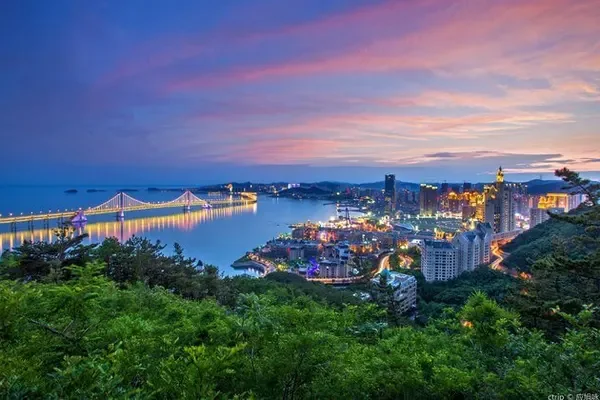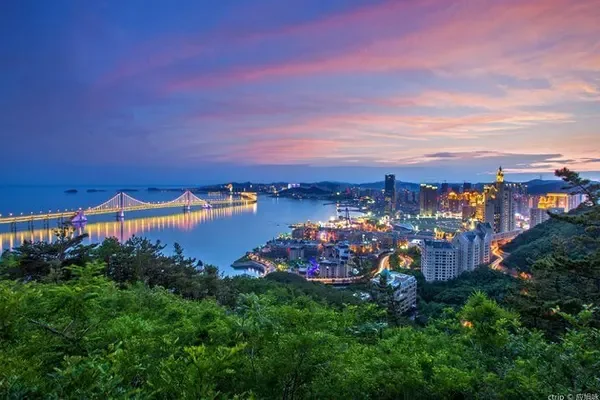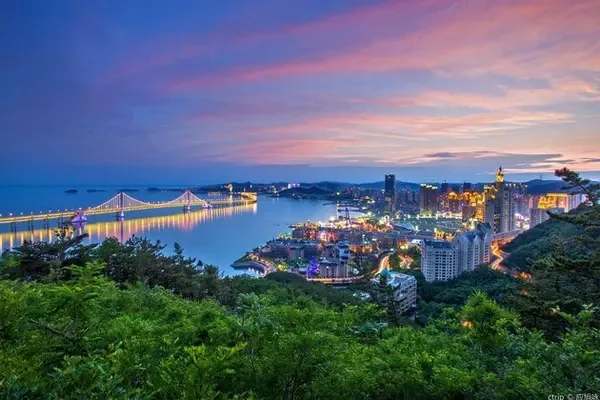A mesa is an isolated, flat-topped elevation, ridge or hill, which is bounded from all sides by steep escarpments and stands distinctly above a surrounding plain. Mesas characteristically consist of flat-lying soft sedimentary rocks capped by a more resistant layer or layers of harder rock, e.g. shales overlain by sandstones. The resistant layer acts as a caprock that forms the flat summit of a mesa. The caprock can consist of either sedimentary rocks such as sandstone and limestone; dissected lava flows; or a deeply eroded duricrust. Unlike plateau, whose usage does not imply horizontal layers of bedrock, e.g. Tibetan Plateau, the term mesa applies exclusively to the landforms built of flat-lying strata. Instead, flat-topped plateaus are specifically known as tablelands.
Mangya City belongs to Haixi Mongolian and Tibetan Autonomous Prefecture of Qinghai Province. Mangya City is located in the northwest border of Qinghai Province, connected to the Great Chaidan District in the east, Golmud City in the southeast, Ruoqiang County in Xinjiang to the west, and Aksai Kazak Autonomous County in Gansu Province in the northeast. The city has a total area of 49900 square kilometers and now has jurisdiction over Huatugou Town, Lenghu Town and Mangya Town (3 animal husbandry villages and 9 communities), with a total population of 63000, including 55000 registered permanent residents and 8000 floating population. No. 60 National Road, Huatugou Town, Municipal people's Government. The name of the city comes from the Mongolian word "forehead". It is estimated that the regional GDP will be 5.079 billion yuan in 2018, the added value of industries above scale will be 4.7 billion yuan, and the investment in fixed assets will be 877 million yuan. Completed local general budget revenue of 169 million yuan,




